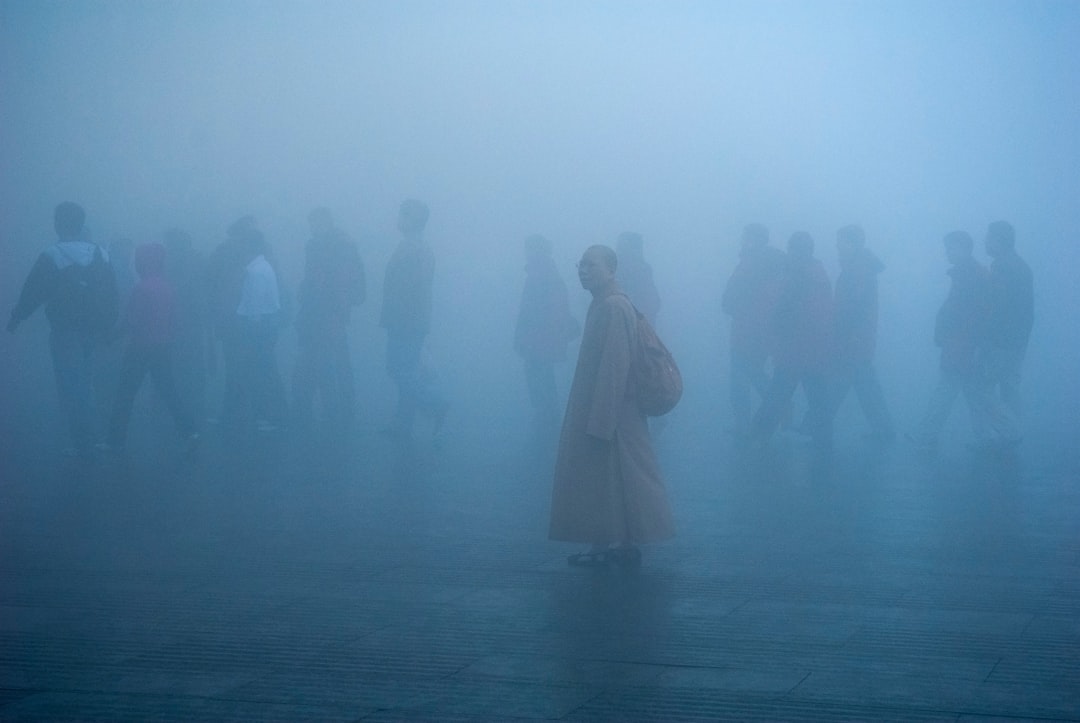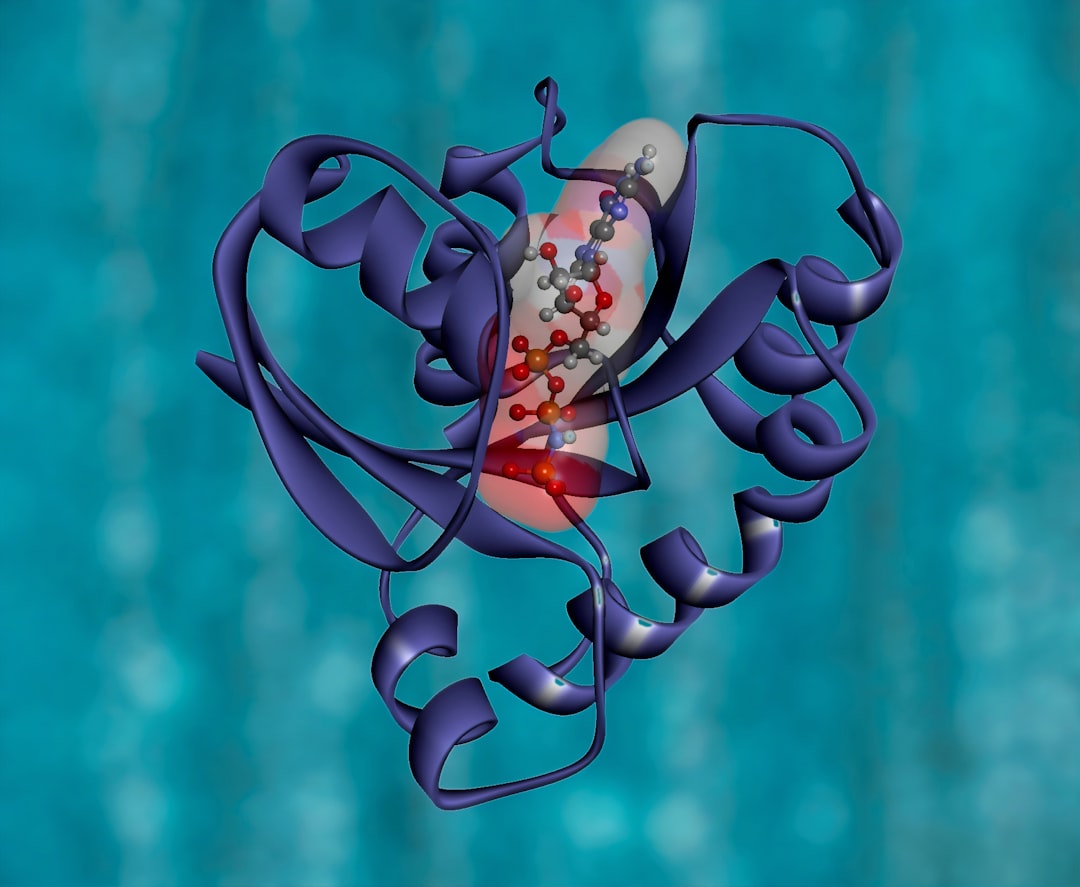What is it about?
In this study, a total of 5,176 primary and middle school students ranging from the grade 1 to 9 completed a set of questionnaires assessing willpower, knowledge reserves, creative thinking, and creativity. We used structural equation modeling to test the relationship between the variables in the Research Objectives.
Featured Image

Photo by Kvalifik on Unsplash
Why is it important?
This study aims to elucidate the process by which willpower affects creativity and to discuss the chain mediating role of knowledge accumulation and creative thinking in this influence process. It is critical to teachers' choice of instructional strategies in the creative education process.
Perspectives
Results indicate that the direct positive effect of elementary and middle school students' willpower on creativity production is weak, and the indirect effect mediated by knowledge reserves and creative thinking is significant. Results suggest that cultivating primary and secondary school students' willpower is important to enhance their creativity, and teachers can better help Chinese primary and secondary school students develop their creativity by not only choosing appropriate teaching strategies in the process of creative education, but also by paying attention to making willpower closely integrated with the knowledge reserves and creative thinking.
Meng CHAI
Read the Original
This page is a summary of: The Effects of Willpower on Chinese Primary and Secondary School Students’ Creativity, African and Asian Studies, August 2022, Brill,
DOI: 10.1163/15692108-12341551.
You can read the full text:
Contributors
The following have contributed to this page










